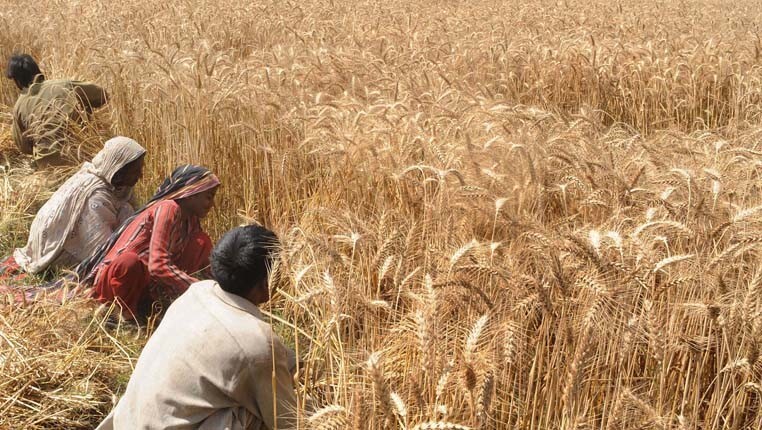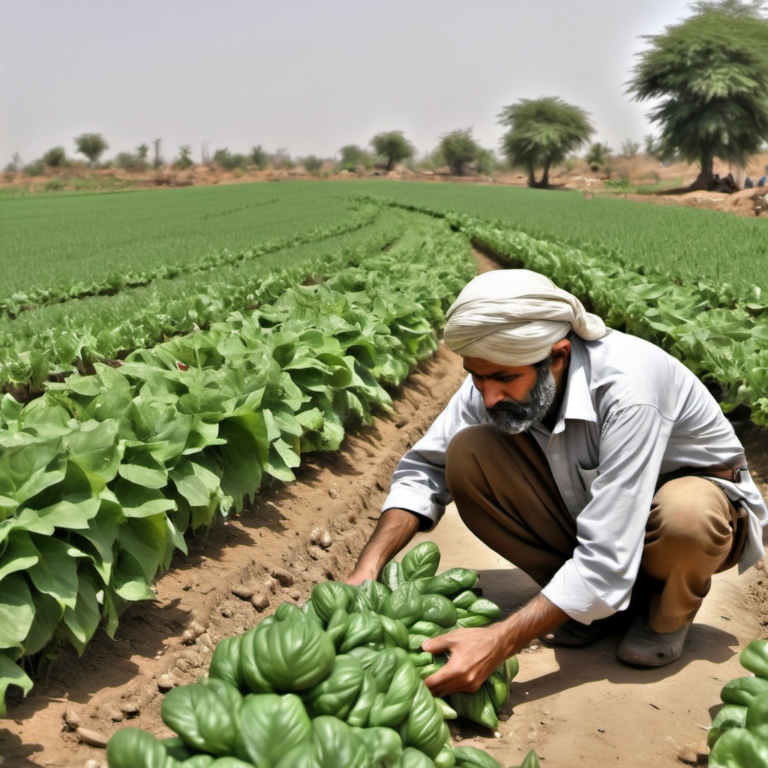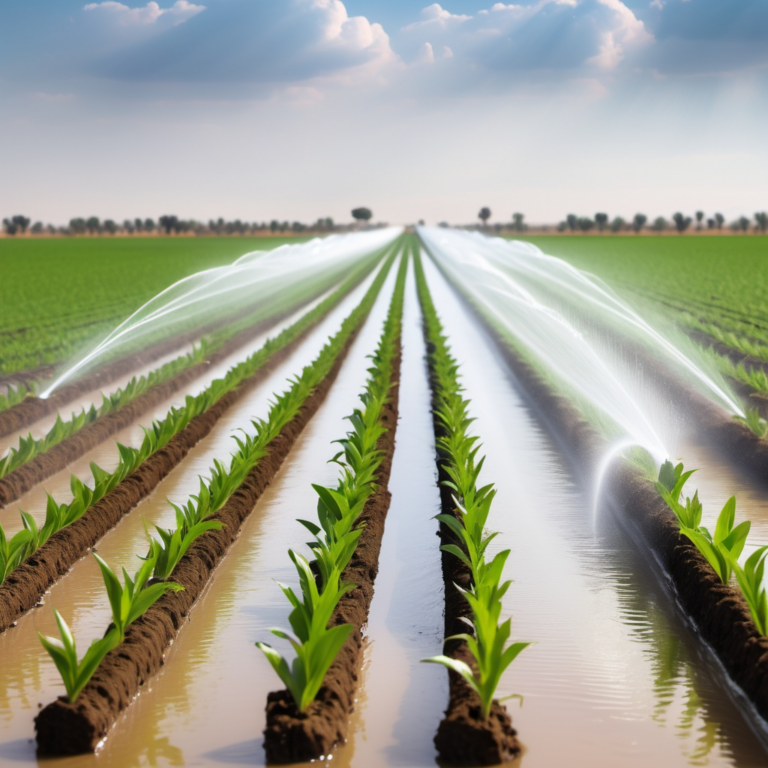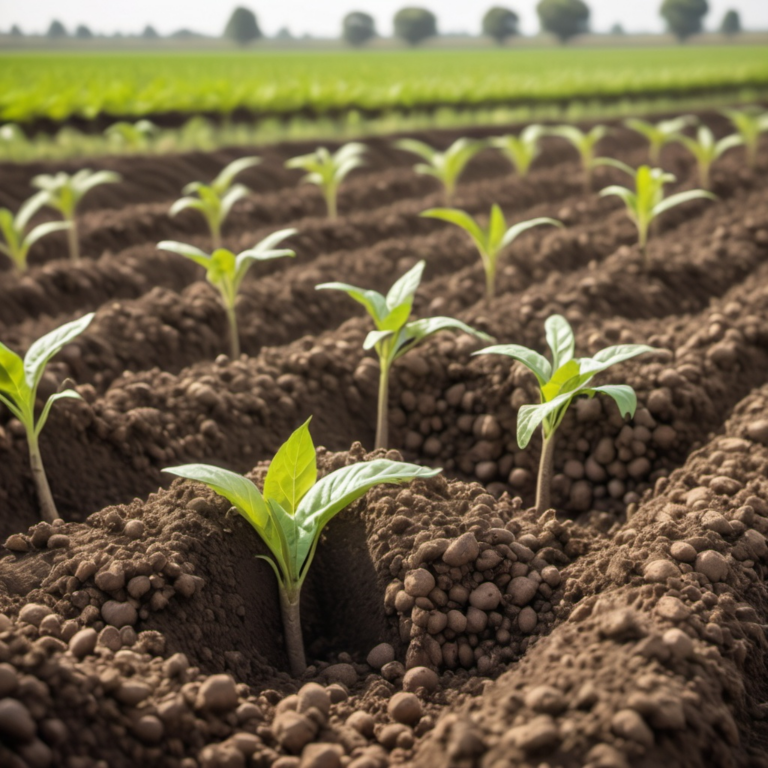Burning of Crop Residue contributes to Global warming and Smog issues. “Rice Stuble Burning an insight into Punjab Pakistan”
Muhammad Fakhar Imam, Green Operation Officer, Green Banking Unit.
Pakistan is an agro based economy with Rice as a major cash crop in the country. Pakistan is the 11th largest rice produce in the world. Pakistan’s exports make up 8% of world’s total rice trade. Rice is cultivated on 2.5 million hectares of Land in Pakistan. Approximately 80 percent of the wheat crop in Punjab is grown after harvesting rice. In Pakistan an over whelming majority of farmers burn rice residue after harvesting rice crop in order to prepare the land for wheat crop.
Why farmers burn Rice Residue: The farming community in Pakistan is burning rice residue from decades. Crop straw burning is a traditional way of cleaning the land to prepare for the next crop. Farmers burn rice residue also because majority of farmers believe that it has a beneficial effect on crop yields. Some farmers also believe that it helps them and save time for timely sowing of Wheat Crop. Farmers also say that to burn paddy straw is of no cost & if we manage as Agriculture Extension officers guide it costs more.
Smog because of burning of Crop Residue:
In recent years, this common farming practice has emerged as a major concern for multiple environmental reasons. Every winter in Punjab Pakistan is occupied by the smog, 16% contribution in smog because of burning of Rice residue is the main cause of air pollution. Punjab Pakistan is experiencing Smog from last half decade. Pakistan’s second-largest city is choking on smog, driven in part by smoke from bricks kiln and steel mills, burning of rice stubble and garbage, growing numbers of vehicles on the road and large-scale losses of trees as the expanding city makes way for new roads and buildings. Government of Punjab imposes ban on the burning of crop residue, solid municipal waste, plastic and leather items for a period of three months across the province under Section 144 (6) CrPC, 1898 from last 3-4 years but implementations are still not possible because of geographical spread of farmers.
A growing major concern regarding residue burning emerges from its effects on air pollution and climate change. Incomplete combustion of biomass such as agriculture residues generates black carbon which is the second largest contributor to global warming after carbon dioxide. Black carbon absorbs radiation and warms the atmosphere at regional and global scales. Increased concentration of black carbon and other pollutants, observed in the high Himalayas, is expected to enhance glacier melting. Black carbon emissions and other types of aerosols have also given rise to atmospheric brown clouds (ABCs) in Asia (Nakajima, 2009). The aerosols in ABCs decrease the amount of sunlight reaching the earth’s surface by 10% to 15% and enhance atmospheric solar heating by as much as 50% (UNEP. RRC.AP. 2012). One estimate attribute 30% to 50% of the human contributions to global warming to black carbon, methane and ozone (Ramanathan et al. 2009). In general, atmospheric brown clouds and their interactions with greenhouse gases can significantly affect climate, hydrological cycle, glacier melting, agricultural and human health.
A growing major concern regarding residue burning emerges from its effects on air pollution and climate change. Incomplete combustion of biomass such as agriculture residues generates black carbon which is the second largest contributor to global warming after carbon dioxide. Black carbon absorbs radiation and warms the atmosphere at regional and global scales. Increased concentration of black carbon and other pollutants, observed in the high Himalayas, is expected to enhance glacier melting. Black carbon emissions and other types of aerosols have also given rise to atmospheric brown clouds (ABCs) in Asia (Nakajima, 2009). The aerosols in ABCs decrease the amount of sunlight reaching the earth’s surface by 10% to 15% and enhance atmospheric solar heating by as much as 50% (UNEP. RRC.AP. 2012). One estimate attributes 30% to 50% of the human contributions to global warming to black carbon, methane and ozone (Ramanathan et al. 2009). In general, atmospheric brown clouds and their interactions with greenhouse gases can significantly affect climate, hydrological cycle, glacier melting, agricultural and human health.
Effects of Burning Crop Residue on Soil:
A study estimates that crop residue burning released 149.24 million tonnes of carbon dioxide (CO2), over 9 million tonnes of carbon monoxide (CO), 0.25 million tonnes of oxides of sulphur (SOX), 1.28 million tonnes of particulate matter and 0.07 million tonnes of black carbon. These directly contribute to environmental pollution and are also responsible for melting of Himalayan glaciers.
The heat from burning paddy straw penetrates 1 centimeter into the soil, elevating the temperature to 33.8 to 42.2 degree Celsius. This kills the bacterial and fungal populations critical for a fertile soil.
Burning of crop residue causes damage to other micro-organisms present in the upper layer of the soil as well as its organic quality. Due to the loss of ‘friendly’ pests, the wrath of ‘enemy’ pests has increased and as a result, crops are more prone to disease. The solubility capacity of the upper layers of soil has also been reduced.
According to a report, one tonne stubble burning leads to a loss of 5.5-kilogram nitrogen, 2.3 kg phosphorus, 25 kg potassium and more than 1 kg of sulfur — all soil nutrients, besides organic carbon. However, suggests that burning straw after harvesting rice can have negative effects on soil quality in the short and long run, reduces soil cropping intensity and resulting land degradation.
Health impacts because of Smog:
Smog posing a serious health risks especially in children like cough, bad cold, chest pain a study reveals that 84.5 per cent people were suffering from health problem due to increased incidence of smog. It found that 76.8 per cent people reported irritation in eyes, 44.8 per cent reported irritation in nose, and 45.5 per cent reported irritation in throat. Cough or increase in cough was reported by 41.6 per cent people and 18.0 per cent reported wheezing.
Solutions to the burning problem:
One of the main solutions is too aware the farmers regarding the issues of burning crop residue. There is dire need to strengthen the agricultural extension services in the country and to transfer the new technology, knowledge and skills to the farming community/ for capacity building of farmers via using Modern Agricultural Extension Techniques and methodologies such as use of ICTs for dissemination of improved agriculture technology, Farmers meetings, Farmer Field Schools (FFS), Agricultural workshops, Field Days, Exhibitions, Seminars, trainings etc.
Farmers can also manage crop residues effectively by employing agricultural machines like:
- Happy Seeder (used for sowing of crop in standing stubble) help in sowing of wheat crop in high residue of rice
- Rotavator (used for land preparation and incorporation of crop stubble in the soil)
- Zero till seed drill (used for land preparations directly sowing of seeds in the previous crop stubble)
- Baler (used for collection of straw and making bales of the paddy stubble)
- Paddy Straw Chopper (cutting of paddy stubble for easily mixing with the soil)
- Reaper Binder (used for harvesting paddy stubble and making into bundles).
- This new machine “Pak Seeder” drills wheat in heavy rice residue just after combine harvesting without land preparation and burning of residue. Its operational cost is Rs. 1,200-1,500 per acre as compared with traditional method that cost Rs. 6000-7000 per acre also yield increased from 10-12 monds per acre.







